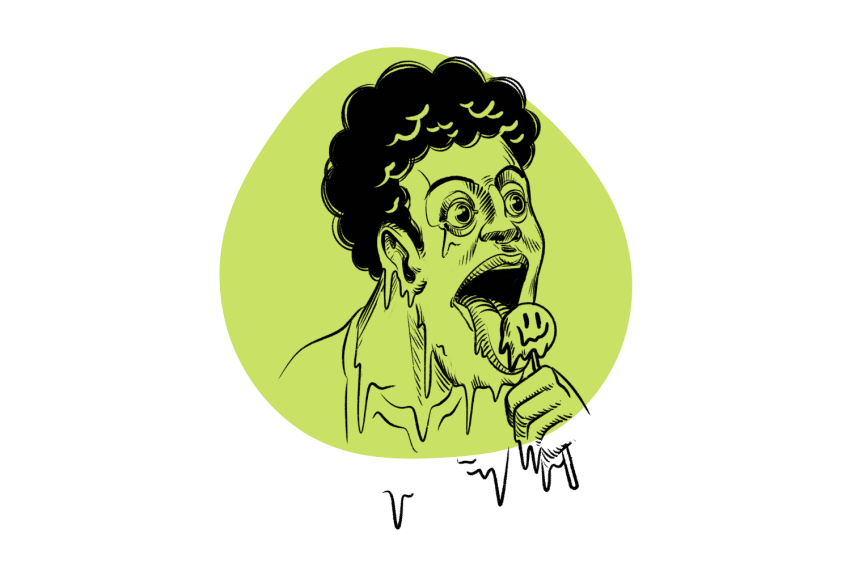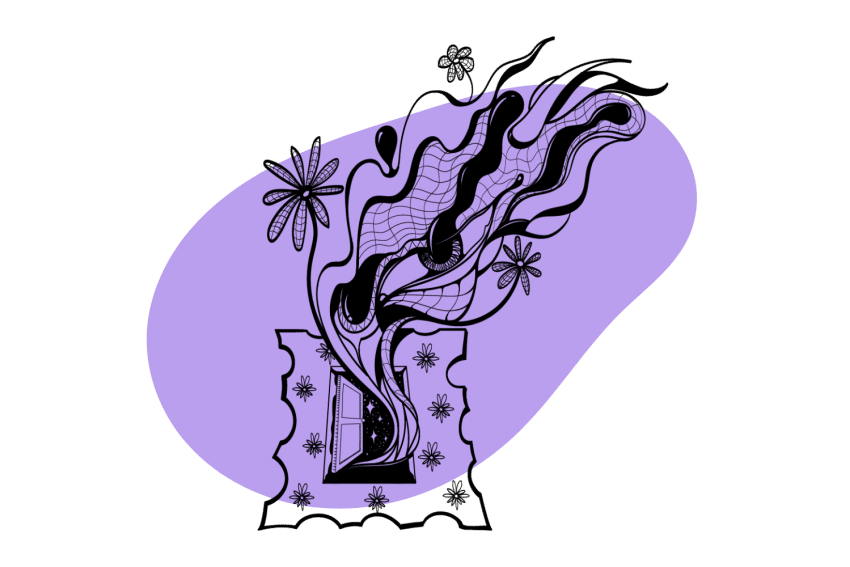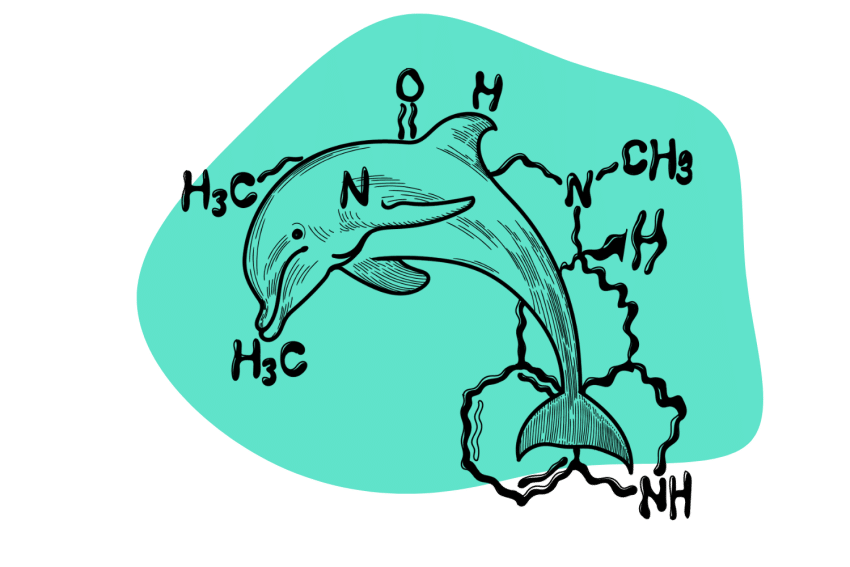Does LSD Kill Brain Cells? Debunking This Common Myth
No, there’s no evidence that LSD kills brain cells whatsoever. However, it can have some long-lasting repercussions, both good and bad.
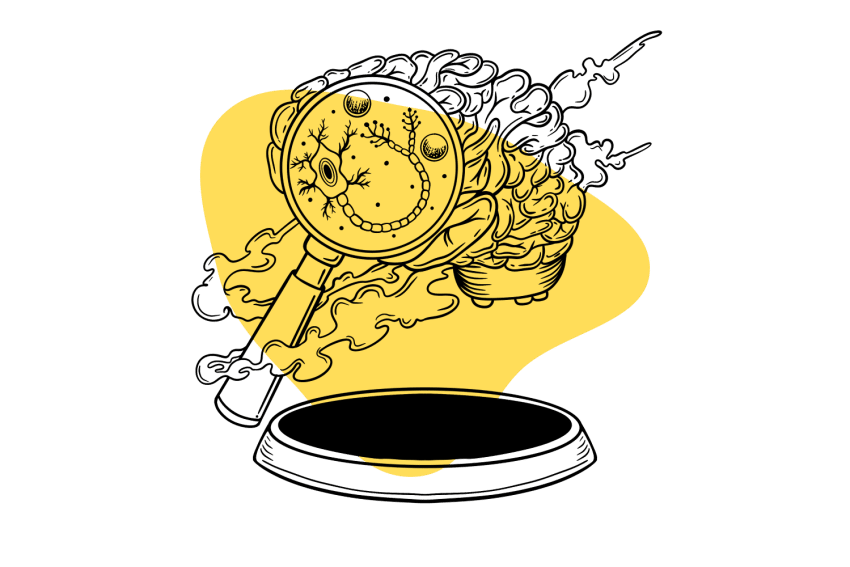
One of the biggest misconceptions about LSD (lysergic acid diethylamide), and psychedelics in general, is that they kill your brain cells or damage the brain.
While there are certainly some psychedelics that have been shown to cause harm (see PCP, synthetic cathinones, or NBOMe’s) — most of the classical psychedelics have a surprisingly low potential for harm.
LSD, in particular, has very a very low impact on the body (physical tissue) and a profound impact on the mind (thoughts and consciousness). It attaches itself to various receptors in the brain to activate or deactivate certain regions (temporarily) but lacks any overt levels of toxicity that could lead to brain damage.
Here, we’ll explain in greater detail what LSD actually does to the brain and why you shouldn’t be worried about brain damage if you’ve taken LSD in the past.
LSD & The Brain: Summary
- There is no evidence that LSD can kill brain cells.
- LSD can have potential long-term side effects, like HPPD, but it’s exceedingly rare.
- LSD is more likely to induce positive long-term changes, such as better neuron development and mental health.
- The lethal dose of LSD is still unknown.
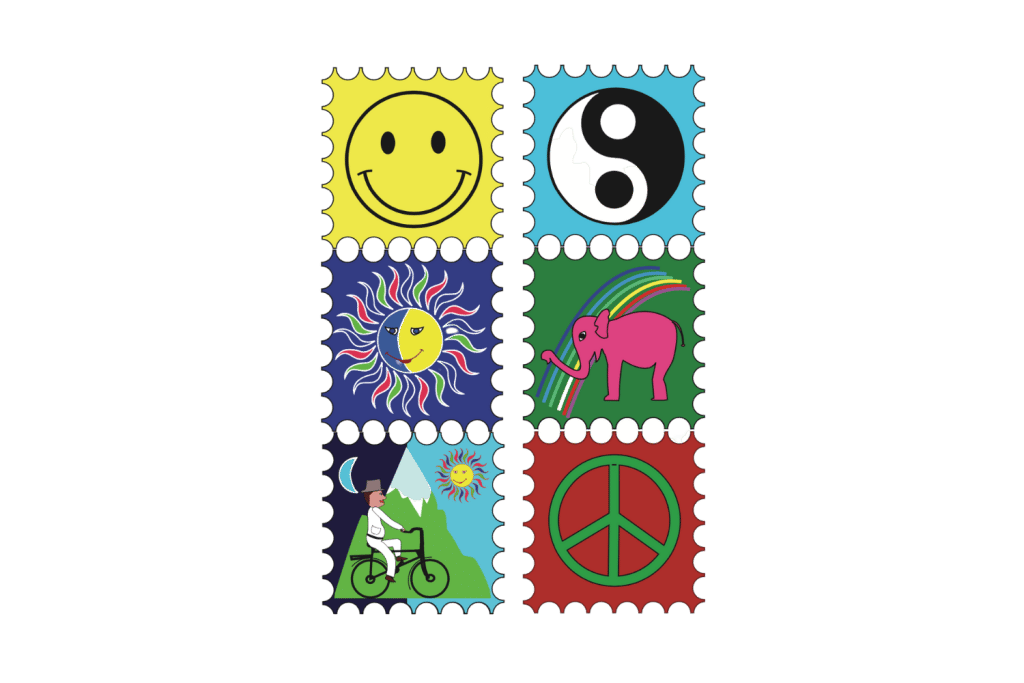
Does LSD Cause Brain Damage?
LSD is considered one of the original psychedelic drugs (alongside magic mushrooms and mescaline), and despite its age, it’s still one of the most well-loved psychedelics used today.
However, despite its excellent reputation, a lot of people still fear LSD, thanks in part to the insanity of the anti-drug craze over the past 50 years.
One of the biggest fears people have about LSD is that they’ll become “permafried” like Ozzy Osbourne.
Despite what all of the misinformation might suggest, you’ll be pleased to know that LSD does not actually kill brain cells.
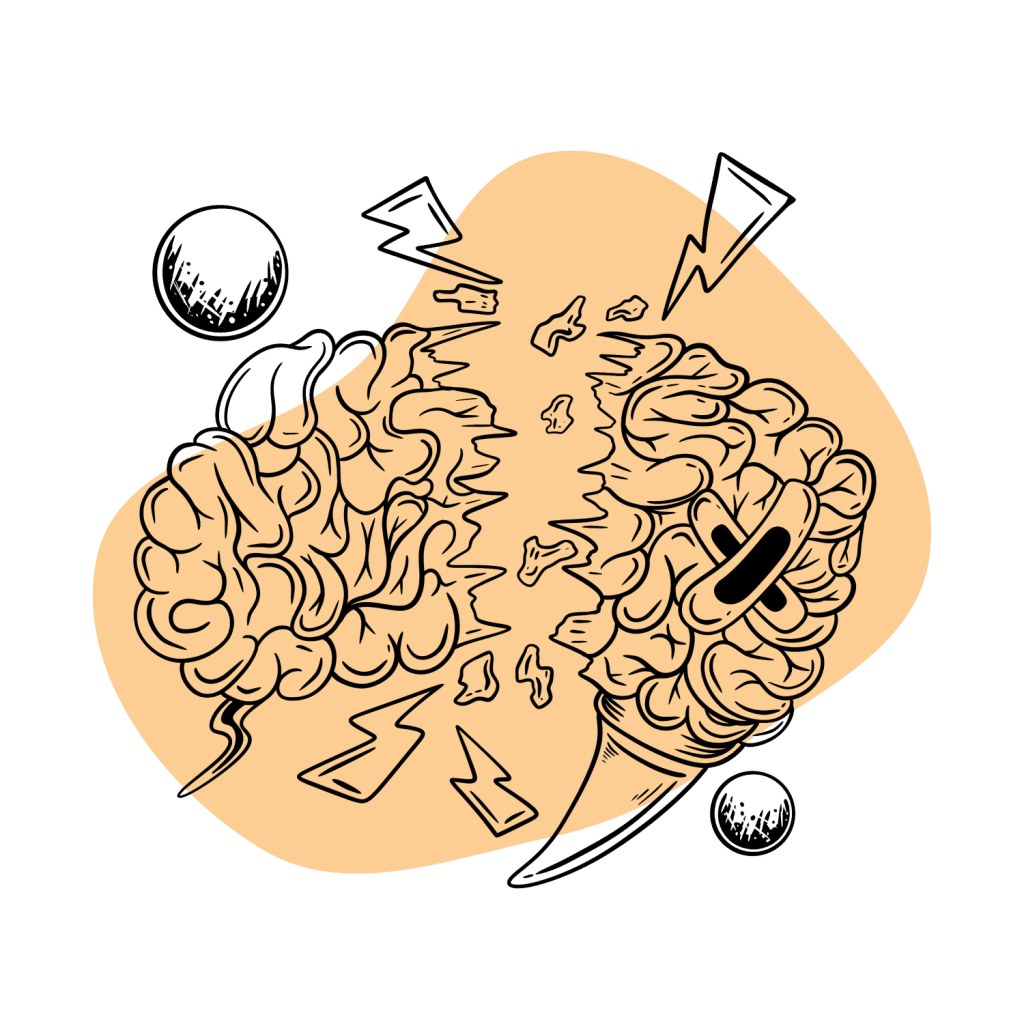
While LSD most certainly does affect your brain, none of the evidence available on LSD thus far suggests it causes any direct damage to the brain. Anecdotal reports of people using LSD regularly for decades still lack any convincing evidence that LSD causes any damage to the brain (or elsewhere in the body).
In fact, according to a growing number of studies, LSD can actually offer significant long-term benefits to the brain, especially in regards to mental health [1].
But how does LSD actually affect the brain if it doesn’t kill brain cells? And how can LSD actually help you?
How LSD Might Actually Fix Parts Of The Brain
While many people abhor the idea of taking LSD, there could actually be some seriously effective and helpful reasons to take LSD not for recreation but as a medical treatment.
A recent study found that psychedelics can actually increase neuritogenesis, meaning that they can help to encourage neuron development in the brain [2]. Through stimulation of the 5-HT2A and TrkB signaling pathways, psychedelics like LSD were shown to have the potential to not only help promote strong neuron development but also potentially act as fast treatments for depression and similar disorders.
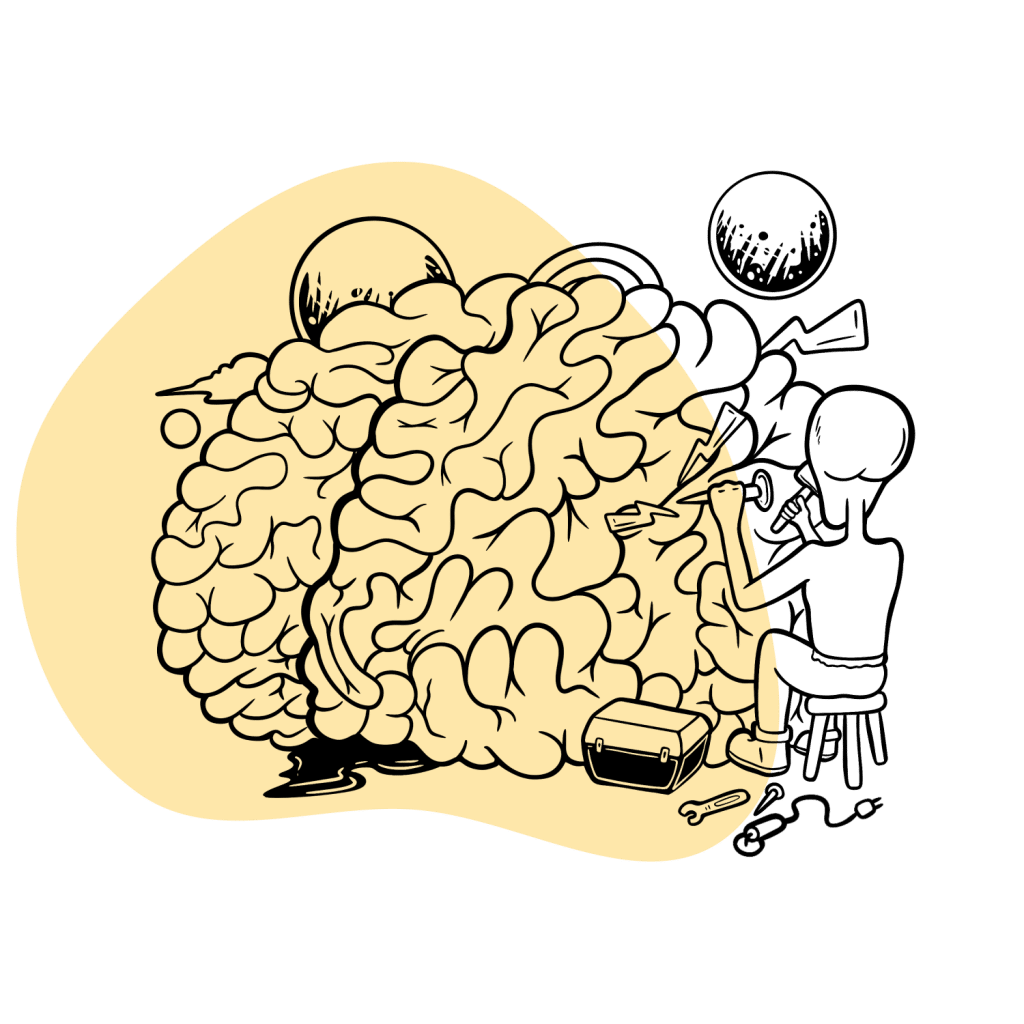
There has also been some research into using LSD along with other psychedelic drugs to help treat PTSD. Though still in its early stages, psychedelics were shown to help treat the symptoms surrounding PTSD and lead to long-lasting reductions in nightmares, anxiety attacks, and depression associated with the condition [3].
So why is it that people think that LSD will somehow kill your brain cells?
The truth is that many people confuse a rare yet very real potential side effect of taking psychedelics with the idea of brain cell death.
This potential side effect is known as HPPD.
HPPD: What People Think Permafried Is
Hallucinogen Persisting Perception Disorder, or HPPD, is perhaps the most infamous negative side effect of taking LSD or other psychedelic compounds. This condition is frequently cited as being the hidden danger of psychedelics.
HPPD is essentially a disorder wherein a user experiences hallucinations typically associated with the drug for longer than the drug should normally last. In some cases, these hallucinations are mild (such as moving patterns or closed-eye visuals); other times, they’re much more severe.
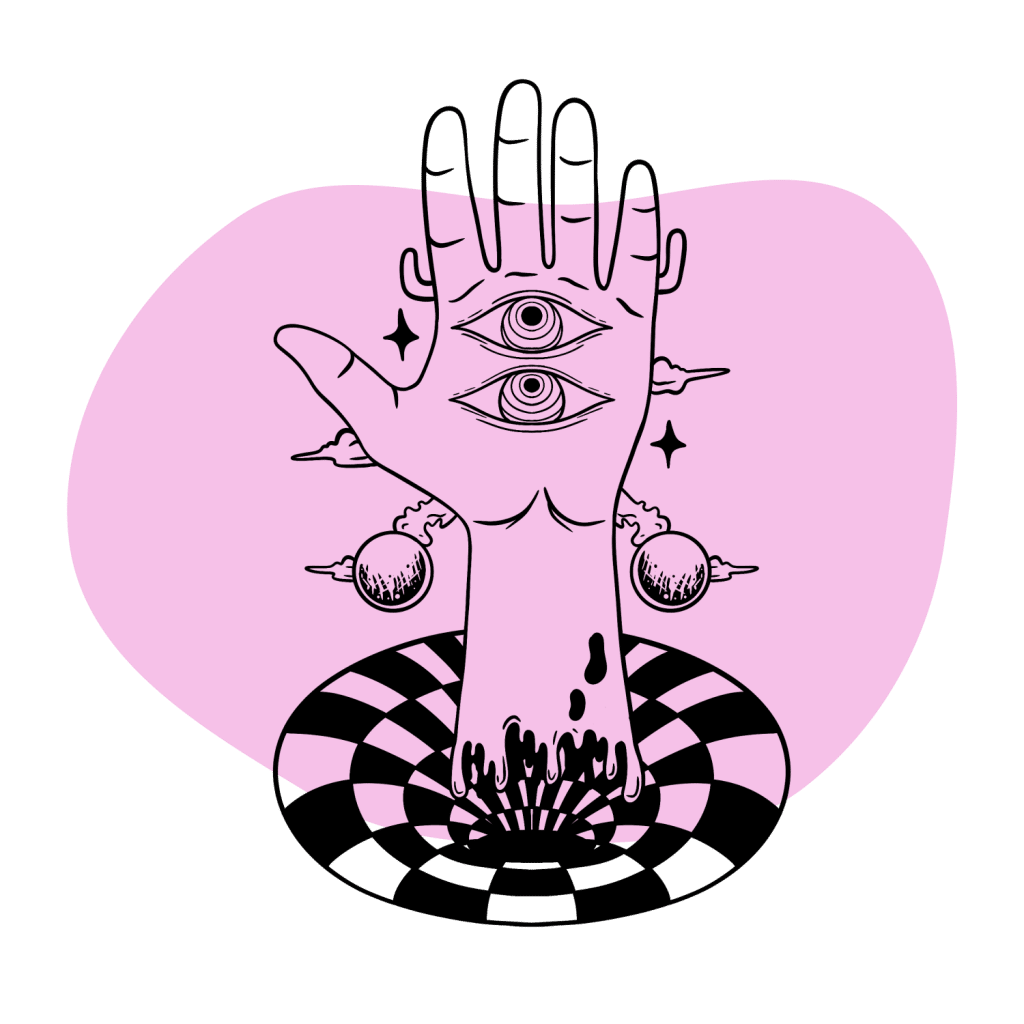
This condition is exceedingly rare (less than 5%), and experts believe it has more to do with underlying mental health disorders or neurological conditions than the drug itself. People who take psychedelics often or in very high doses are much more likely to develop this condition than casual users.
There are actually two types of HPPD that often get confused with one another.
HPPD Type 1
The first type of HPPD is typically classified as having random, brief flashbacks to previous hallucinations and is generally considered to be the milder of the two.
HPPD Type 2
Type 2 HPPD symptoms are generally much worse than type 1. Sufferers will experience visual changes and continuous hallucinations that might be totally different from what they initially experienced when under the influence of the psychedelic that caused it.
There is a pretty famous case of someone experiencing Type 2 HPPD for almost two decades after actually taking LSD, suffering from continual peripheral vision hallucinations and blurring of her vision [4].
However, even this most famous and terrifying case was actually easily solved with a course of Lamotrigine, an epilepsy medication.
Does Having a Mental Health Issue Increase The Chances Of Developing HPPD?
Some studies have noted that there is a potential for an increased likelihood of developing HPPD after taking LSD if the subject has a significant mental health disorder.
For example, one study posited that depressive episodes and prior depressive behavior, coupled with the development of HPPD, were inherently linked together [5].
However, current research has shown that there is no real link between prior mental health disorders and the development of HPPD. Instead, it appeared that anxiety and depressive features tended to aggravate episodes of HPPD, making instances of HPPD more noticeable.
This meant that there wasn’t a specific link between developing HPPD and mental disorders, only an increased incidence of reporting it when the person already suffered from a mental health disorder [6].
The truth is that HPPD is rare and is not a truly realistic side effect that users of LSD can expect. Though the root cause of why some people develop HPPD is not yet known, it isn’t something that really requires genuine fear or apprehension.
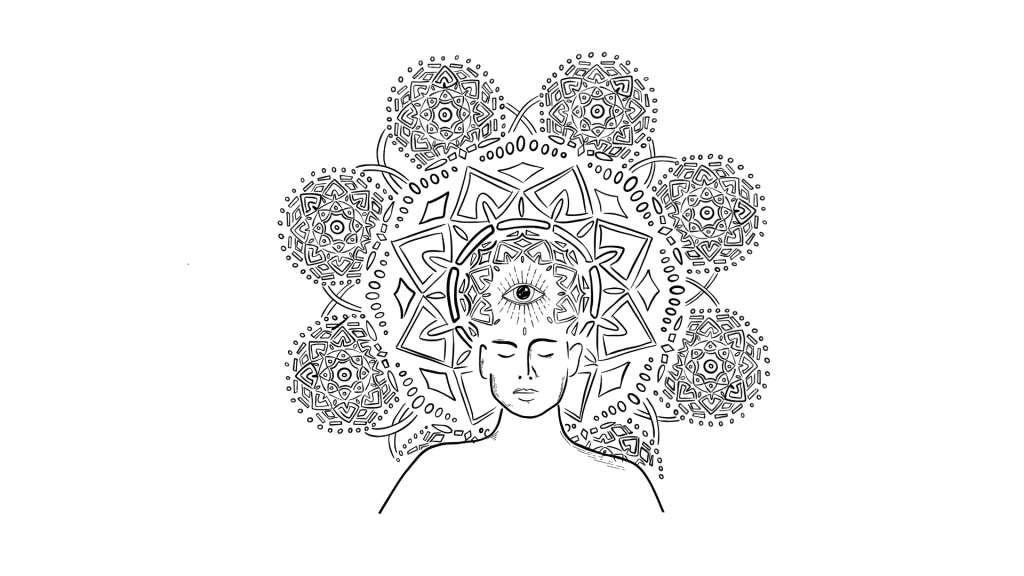
How LSD Affects The Brain
While the brain is famously incredibly complex and sophisticated, we actually know quite a lot about how LSD affects the brain.
A big part of our understanding of this compound comes from the invention of modern imaging technology, such as fMRI machines. By scanning the brain of someone under the influence of LSD, scientists can easily track the areas of the brain that are stimulated.
For example, the hypothalamus is hugely engaged, with thalamocortical connectivity being massively increased, which is associated with the hallucinations that LSD tends to cause [7].
How else does LSD affect the brain, though?
LSD’s Effects On The Serotonin Receptors
The primary mechanism of action for LSD is its ability to bind to the serotonin (5HT) receptors.
Serotonin is one of the many different neurotransmitters throughout the body and is typically associated with pleasant and happy feelings and the changing of our mood and sleep.
LSD binds itself to the principal serotonin receptors in the body, 5HT2A, and 5HT2C; this interaction with these receptors causes serotonin to be released, heavily correlated with the feelings of joy and alterations in sensory perception after taking LSD [8].
The Effects of LSD On The Default Mode Network
Perhaps the most difficult to grasp of LSD’s effects on the brain is its ability to suppress your default mode network (DMN).
The DMN is the brain network that activates when the brain is in the state of wakeful rest and is essentially what is responsible for that slightly disassociated state of daydreaming.
The DMN is also a fundamental part of what makes up our base idea of our identity, as well as our general sense of self. Some suggest that the DMN is the physical source of our ego.
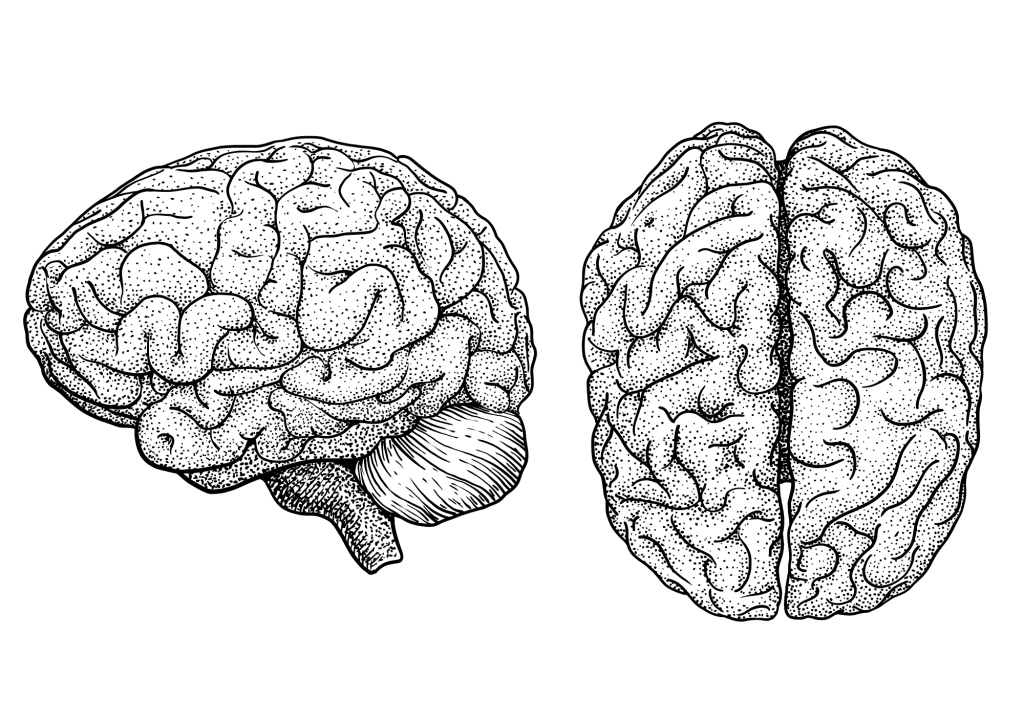
By suppressing the DMN, we lost the ability to filter and link our thought patterns, essentially experiencing something many users call “ego-death.” This feeling of disassociation from the self leads to the complete removal of the ego and tends to leave users feeling like there is no barrier between the idea of themselves and the world around them [9].
This also enhances our ability to perform divergent thinking — an essential process for facilitating creativity and finding new solutions to problems. This is one of the primary reasons, so many creative people are drawn to taking the psychedelic drug.
Learn More: Can Psychedelics Improve Creativity?
What Is LSD?
While LSD is easily the most well-known psychedelic, there are still plenty of people that have yet to hear of it outside of anti-drug campaign ads.
LSD is a synthetic drug made by reacting an alkaline called diethylamine with an activated form of lysergic acid. It was first created by the infamous Swiss chemist, Albert Hofmann, and later distributed by leaders of the 60s counterculture, including Timothy Leary, Richard Alpert, and Leo Zeff.
Invented basically by accident, LSD has the extremely potent ability to produce all kinds of psychedelic effects, from positive mood-boosting to hallucinations.
Most of the time, you’ll find LSD in the form of blotter paper soaked in diluted liquid LSD.
LSD is typically imbibed by holding the LSD-laden blotting paper under the tongue. Within 40 to 90 minutes, users can expect to notice its effects, including hallucinations, euphoria, and altered mood, lasting for as much as 12 hours.
But what about safety? If LSD doesn’t kill brain cells, are there other dangers associated with taking LSD?

Is LSD Safe? Should You Take It?
Trying to describe any kind of psychedelic substance as inherently safe or unsafe or pretty difficult because a large of it is going to depend on an individual’s tolerance for risk.
While LSD is pretty much safe when it comes to any immediacy of danger, there is always the potential for unwanted side effects, with perhaps the most frightening being any form of HPPD [10].
Other risks include adulteration (the most concerning for LSD is a drug called 25I-NBOMe) and the risk of accidental injury while under the influence of LSD.
All of these risks can be mitigated by following our guide to responsible psychedelic use. This includes taking measures like ensuring proper set and setting, testing your substances using a reagent test kit, and understanding fundamental concepts specific to the drug, such as proper dose and expected duration of effects.
Though there is no scientific consensus as to its veracity, long-held tradition is that taking LSD when surrounded by familiar, comforting friends in a supportive environment will lead to more positive trips.
Even if you follow these steps, there’s always going to be some level of inherent risk when using any mind-altering substances.
References
- Nichols, D. E. (2016). Psychedelics. Pharmacological Reviews, 68(2), 264-355.
- Ly, C., Greb, A. C., Cameron, L. P., Wong, J. M., Barragan, E. V., Wilson, P. C., … & Olson, D. E. (2018). Psychedelics promote structural and functional neural plasticity. Cell reports, 23(11), 3170-3182.
- Breeksema, J. J., van den Brink, W., Veraart, J. K. E., Smith-Apeldoorn, S. Y., Vermetten, E., & Schoevers, R. A. (2020). Psychedelics in the treatment of depression, anxiety, and obsessive-compulsive disorder. Tijdschrift Voor Psychiatrie, 62(8), 618-628.
- Hermle, L., Simon, M., Ruchsow, M., & Geppert, M. (2012). Hallucinogen-persisting perception disorder. Therapeutic advances in psychopharmacology, 2(5), 199-205.
- Lerner, A. G., Shufman, E., Kodesh, A., Kretzmer, G., & Sigal, M. (2002). LSD-induced hallucinogen persisting perception disorder with depressive features treated with reboxetine: case report. Israel Journal of Psychiatry, 39(2), 100.
- Martinotti, G., Santacroce, R., Pettorruso, M., Montemitro, C., Spano, M. C., Lorusso, M., … & Lerner, A. G. (2018). Hallucinogen persisting perception disorder: etiology, clinical features, and therapeutic perspectives. Brain Sciences, 8(3), 47.
- Preller, K. H., Razi, A., Zeidman, P., Stämpfli, P., Friston, K. J., & Vollenweider, F. X. (2019). Effective connectivity changes in LSD-induced altered states of consciousness in humans. Proceedings of the National Academy of Sciences, 116(7), 2743-2748.
- Wacker, D., Wang, S., McCorvy, J. D., Betz, R. M., Venkatakrishnan, A. J., Levit, A., … & Roth, B. L. (2017). Crystal structure of an LSD-bound human serotonin receptor. Cell, 168(3), 377-389.
- Carhart-Harris, R. L., Leech, R., Hellyer, P. J., Shanahan, M., Feilding, A., Tagliazucchi, E., … & Nutt, D. (2014). The entropic brain: a theory of conscious states informed by neuroimaging research with psychedelic drugs. Frontiers in human neuroscience, 20.
- Gasser, P., Holstein, D., Michel, Y., Doblin, R., Yazar-Klosinski, B., Passie, T., & Brenneisen, R. (2014). Safety and efficacy of lysergic acid diethylamide-assisted psychotherapy for anxiety associated with life-threatening diseases. The Journal of nervous and mental disease, 202(7), 513.


